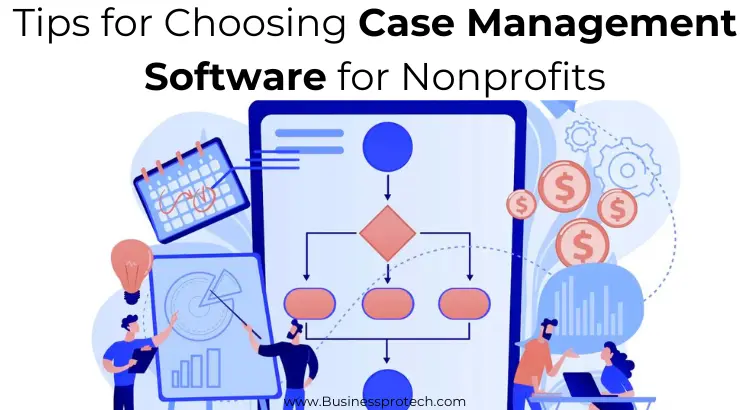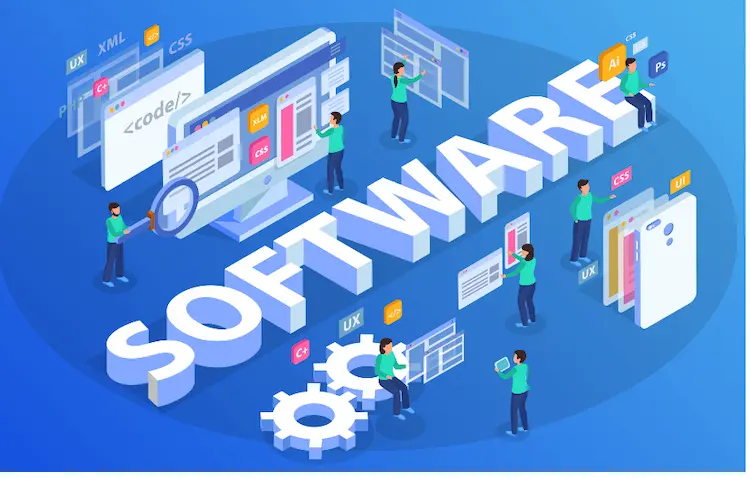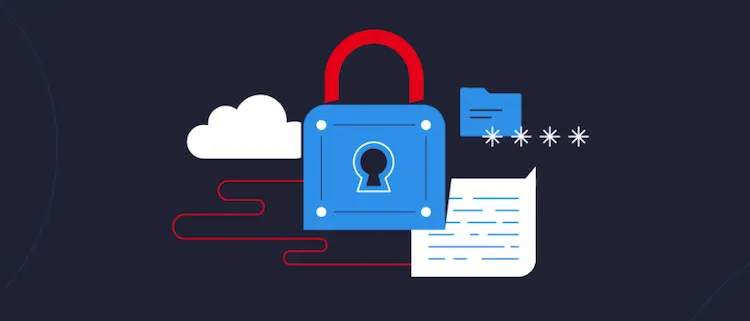As pillars supporting vulnerable communities, nonprofit organizations deliver vital services – often in severely resource-constrained environments. Implementing the right case management software for nonprofits introduces radical effectiveness and efficiency gains that amplify mission impact. However, choosing solutions well-matched to unique organizational needs and constraints represents a strategic imperative involving thoughtful diligence.
At its core, purpose-built nonprofit software carries the potential to help nonprofit teams achieve more for the populations they serve by automating administrative tasks. However, not all solutions suit every situation equally. Conducting thorough assessments of processes, pain points, and user skill levels enables filtering options and the recognition of platforms with channel-proven pedigree. Prioritizing intuitive interfaces then simplifies adopting new technology.

Assess Your Organization’s Specific Needs
Before investigating the vast landscape of promising case management software for nonprofits, organizations must conduct robust assessments of their unique workstreams, support types, and specific friction points currently burning staff bandwidth.
Exploration of core needs should evaluate intricate details, including the breadth of programs offered, types of cases and issues addressed, service delivery models, data elements tracked, volumes of individuals and families supported, growth projections, and even regulatory considerations in relevant domains like healthcare or housing.
Comprehensive internal analysis as the launch point serves several functions – revealing key support structures desperately needing modernization through software automation, bench-marking current process efficiency metrics as baselines, and ultimately distilling highly specific “must have” feature sets that perfectly match organizational constraints.
For instance, nonprofits providing multi-lingual services may prioritize translation capabilities, while disability-focused groups could seek accessibility compliance. Defining these precise requirements illuminates which platforms satisfy specialized needs versus more generalized charity tools during selection. Conclusively detailing necessary components and pain point priorities is instrumental in uncovering the ideal system.
Prioritize User-Friendliness and Training Support

Case management platforms packing robust process automation and analytics offer little value if frontline staff find systems that could be more complex, ultimately decreasing productivity. Nonprofits should deliberately evaluate core platform usability by analyzing the intuitiveness of navigation, interface designs grounded in simplicity, and availability of support resources to smooth onboarding. Evaluating user experiences first-hand enables the assessment of learning curves.
Seeking solutions designed for user-centeredness from the ground up is instrumental for adoption success. This entails ensuring interfaces remain cleanly uncluttered by using familiar patterns, minimal steps for routine tasks, built-in guidance tools, and role-based homepages. The availability of sandbox testing environments allows stress testing before deployment.
Extensive training tutorials, captive user support teams, and periodic refresher webinars improve onboarding and continuity. Prioritizing these elements sets staff up for productivity gains. Organizations gain partners by selecting platforms emphasizing user focus by continually upgrading ease of use.
Evaluate Integration Capabilities and Data Security Measures
Given the high costs associated with introducing entirely new technology platforms, nonprofits should give weighted priority to case management solutions offering seamless integration with current IT investments when optimizing total value. Assessing bidirectional data flows, automated syncing, and shared insights across related organizational tools like CRM, finance, fundraising, and communication eliminates duplicative efforts. Not only does data integration prevent reentering donor details or volunteer hours, but consolidated systems also feed higher-quality decision-making.

For instance, synchronizing client profiles from case management systems into marketing CRMs allows campaign personalization, while volunteer databases enable matching skills to service opportunities. Evaluating integration proficiency as part of selection processes ensures fully utilizing past software spends while progressing with digitization aims. However, smooth interoperability also necessitates considering usage permissions, access controls, and change tracking to maintain data integrity.
Conclusion
Optimizing operations through efficiency gains is imperative for nonprofits navigating rising community needs amid debilitating capacity and budget limitations. Here, purpose-built case management software for nonprofits introduces the transformative capacity to fuel expanding mission work in the background. Following structured product selection frameworks tailored to unique organizational workflows and constraints uncovers the best-fitting solution. But beyond checking boxes on features, choosing an inherently approachable platform equally accessible for non-technical staff holds the ultimate key to adoption success.
When objectives align with tools, nonprofits tap newfound superpowers to serve more families better than previously feasible. By investing in the right technology built to empower frontline staff professionally, organizations can achieve significantly enhanced community outcomes over the long term – upholding missions even in the face of unrelenting social challenges—even small gains compound when expanded across programs.
While assessing case management systems involves evaluating capabilities, the process also reveals genuine vendor commitment to the nonprofit sector. Seeking partners sharing guidance openly and dedicated to evolving solutions for community needs spotlight shared values in action. Positive transformations unfold when organizations align with software providers focused on social impact.